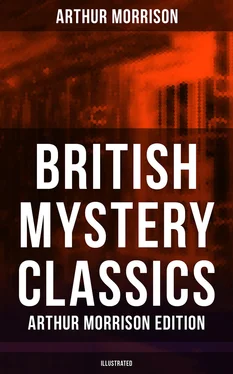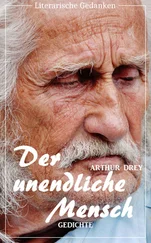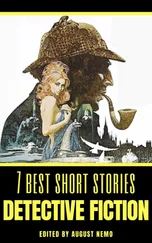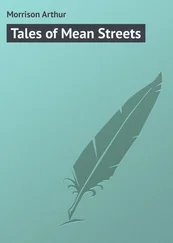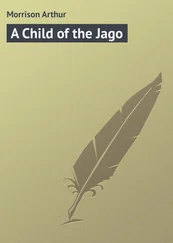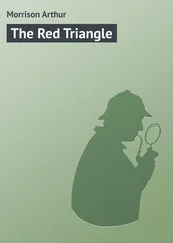“He must have walked straight away from my house to the churchyard,” Sir Valentine remarked, “to hide that pendant. That was fairly cool.”
“Only a cool hand could carry out such a robbery single-handed,” Hewitt answered. “I expect his tools were in the bag that Leamy carried, as well as the jewels. They must have been a small and neat set.”
They were. We ascertained on our return to town the next day that the bag, with all its contents intact, including the tools, had been taken by the police at their surprise visit to No. 8 Gold Street, as well as much other stolen property.
Hollams and Wilks each got very wholesome doses of penal servitude, to the intense delight of Mick Leamy. Leamy himself, by the by, is still to be seen, clad in a noble uniform, guarding the door of a well-known London restaurant. He has not had any more five-pound notes for carrying bags, but knows London too well now to expect it.
1Seen your face.
2A year.
3Been imprisoned.
4Hat.
5Police.
6Clothes.
7Robbery.
8Spent the money.
9Drunk.
10Police spy.
11Months.
The Stanway Cameo Mystery
Table of Contents
IT is now a fair number of years back since the loss of the famous Stanway Cameo made its sensation, and the only person who had the least interest in keeping the real facts of the case secret has now been dead for some time, leaving neither relatives nor other representatives. Therefore no harm will be done in making the inner history of the case public; on the contrary, it will afford an opportunity of vindicating the professional reputation of Hewitt, who is supposed to have completely failed to make anything of the mystery surrounding the case. At the present time connoisseurs in ancient objects of art are often heard regretfully to wonder whether the wonderful cameo, so suddenly discovered and so quickly stolen, will ever again be visible to the public eye. Now this question need be asked no longer.
The cameo, as may be remembered from the many descriptions published at the time, was said to be absolutely the finest extant. It was a sardonyx of three strata—one of those rare sardonyx cameos in which it has been possible for the artist to avail himself of three different colors of superimposed stone—the lowest for the ground and the two others for the middle and high relief of the design. In size it was, for a cameo, immense, measuring seven and a half inches by nearly six. In subject it was similar to the renowned Gonzaga Cameo—now the property of the Czar of Russia—a male and a female head with imperial insignia; but in this case supposed to represent Tiberius Claudius and Messalina. Experts considered it probably to be the work of Athenion, a famous gem-cutter of the first Christian century, whose most notable other work now extant is a smaller cameo, with a mythological subject, preserved in the Vatican.
The Stanway Cameo had been discovered in an obscure Italian village by one of those traveling agents who scour all Europe for valuable antiquities and objects of art. This man had hurried immediately to London with his prize, and sold it to Mr. Claridge of St. James Street, eminent as a dealer in such objects. Mr. Claridge, recognizing the importance and value of the article, lost no opportunity of making its existence known, and very soon the Claudius Cameo, as it was at first usually called, was as famous as any in the world. Many experts in ancient art examined it, and several large bids were made for its purchase.
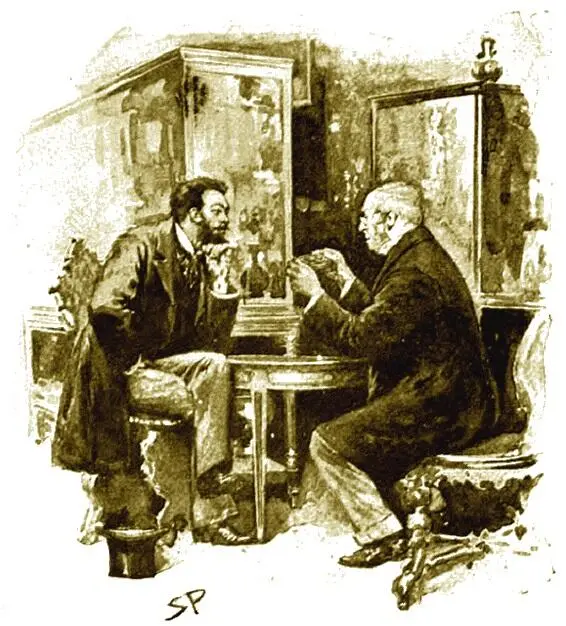
In the end it was bought by the Marquis of Stanway for five thousand pounds for the purpose of presentation to the British Museum. The marquis kept the cameo at his town house for a few days, showing it to his friends, and then returned it to Mr. Claridge to be finally and carefully cleaned before passing into the national collection. Two nights after Mr. Claridge’s premises were broken into and the cameo stolen.
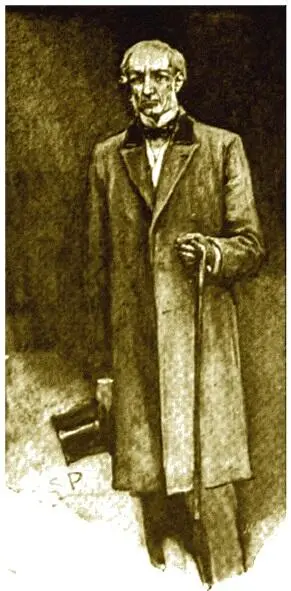
Such, in outline, was the generally known history of the Stanway Cameo. The circumstances of the burglary in detail were these: Mr. Claridge had himself been the last to leave the premises at about eight in the evening, at dusk, and had locked the small side door as usual. His assistant, Mr. Cutler, had left an hour and a half earlier. When Mr. Claridge left, everything was in order, and the policeman on fixed-point duty just opposite, who bade Mr. Claridge good-evening as he left, saw nothing suspicious during the rest of his term of duty, nor did his successors at the point throughout the night.
In the morning, however, Mr. Cutler, the assistant, who arrived first, soon after nine o’clock, at once perceived that something unlooked-for had happened. The door, of which he had a key, was still fastened, and had not been touched; but in the room behind the shop Mr. Claridge’s private desk had been broken open, and the contents turned out in confusion. The door leading on to the staircase had also been forced. Proceeding up the stairs, Mr. Cutler found another door open, leading from the top landing to a small room; this door had been opened by the simple expedient of unscrewing and taking off the lock, which had been on the inside. In the ceiling of this room was a trap-door, and this was six or eight inches open, the edge resting on the half-wrenched-off bolt, which had been torn away when the trap was levered open from the outside.
Plainly, then, this was the path of the thief or thieves. Entrance had been made through the trap-door, two more doors had been opened, and then the desk had been ransacked. Mr. Cutler afterward explained that at this time he had no precise idea what had been stolen, and did not know where the cameo had been left on the previous evening. Mr. Claridge had himself undertaken the cleaning, and had been engaged on it, the assistant said, when he left.
There was no doubt, however, after Mr. Claridge’s arrival at ten o’clock—the cameo was gone. Mr. Claridge, utterly confounded at his loss, explained incoherently, and with curses on his own carelessness, that he had locked the precious article in his desk on relinquishing work on it the previous evening, feeling rather tired, and not taking the trouble to carry it as far as the safe in another part of the house.
The police were sent for at once, of course, and every investigation made, Mr. Claridge offering a reward of five hundred pounds for the recovery of the cameo. The affair was scribbled off at large in the earliest editions of the evening papers, and by noon all the world was aware of the extraordinary theft of the Stanway Cameo, and many people were discussing the probabilities of the case, with very indistinct ideas of what a sardonyx cameo precisely was.
It was in the afternoon of this day that Lord Stanway called on Martin Hewitt. The marquis was a tall, upstanding man of spare figure and active habits, well known as a member of learned societies and a great patron of art. He hurried into Hewitt’s private room as soon as his name had been announced, and, as soon as Hewitt had given him a chair, plunged into business.
“Probably you already guess my business with you, Mr. Hewitt—you have seen the early evening papers? Just so; then I needn’t tell you again what you already know. My cameo is gone, and I badly want it back. Of course the police are hard at work at Claridge’s, but I’m not quite satisfied. I have been there myself for two or three hours, and can’t see that they know any more about it than I do myself. Then, of course, the police, naturally and properly enough from their point of view, look first to find the criminal, regarding the recovery of the property almost as a secondary consideration. Now, from my point of view, the chief consideration is the property. Of course I want the thief caught, if possible, and properly punished; but still more I want the cameo.”
Читать дальше
